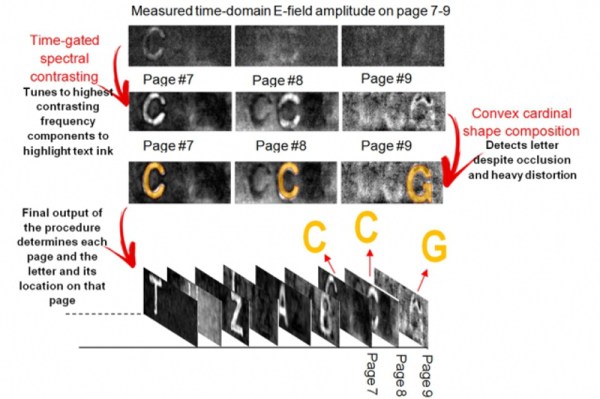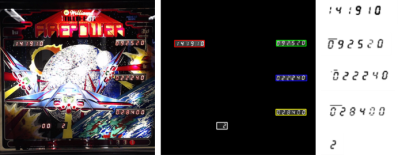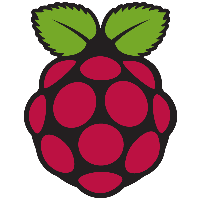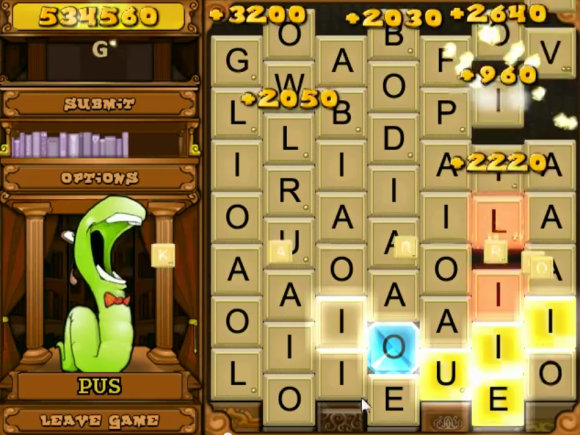Ten years ago, MIT researchers proved that it was possible to look through an envelope and read the text inside using terahertz spectroscopic imaging. This research inspired [Barmak Heshmat] to try the same technique to read a book through its cover. A new crop of MIT researchers led by [Heshmat] have developed a prototype to do exactly that, and he explains the process in the video after the break. At present, the system is capable of correctly deciphering individual letters through nine pages of printed text.
They do this by firing terahertz waves in short bursts at a stack of pages and interpreting the return values and travel time. The microscopic air pockets between the pages provide boundaries for differentiation. [Heshmat] and the team rely on these pockets to reflect the signal back to a sensor in the camera. Once they have the system dialed in to be able to see the letters on the target page and distinguish them from the shadows of the letters on the other pages, they use an algorithm to determine the letters. [Heshmat] says the algorithm is so good that it can get through most CAPTCHAs.
The most immediate application for this technology is reading antique books and other printed materials that are far too fragile to be handled, potentially opening up worlds of knowledge that are hidden within disintegrating documents. For a better look at the outsides of things, there is Reflectance Transformation Imaging.
Continue reading “MIT Researchers Can Read Closed Books (and Defeat CAPTCHA)”



















